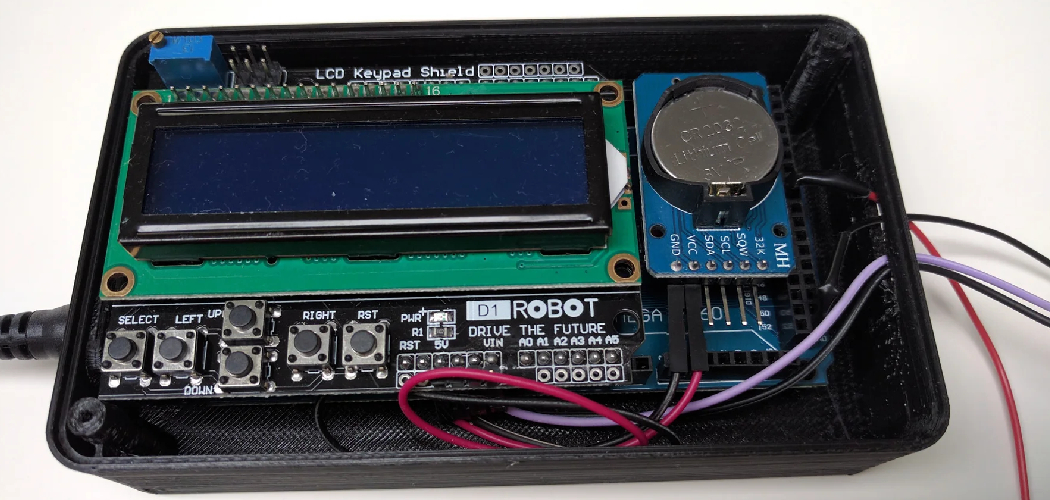LED strip lights provide a great solution for creating large, vibrant displays. Whether you’re lighting up your TV room or giving your space an ambient mood feel with colored lights. Are you looking for a creative yet simple way to illuminate your home or office? Installing LED strip lights can help you create an energy-efficient, modern look that is stylish and effective.
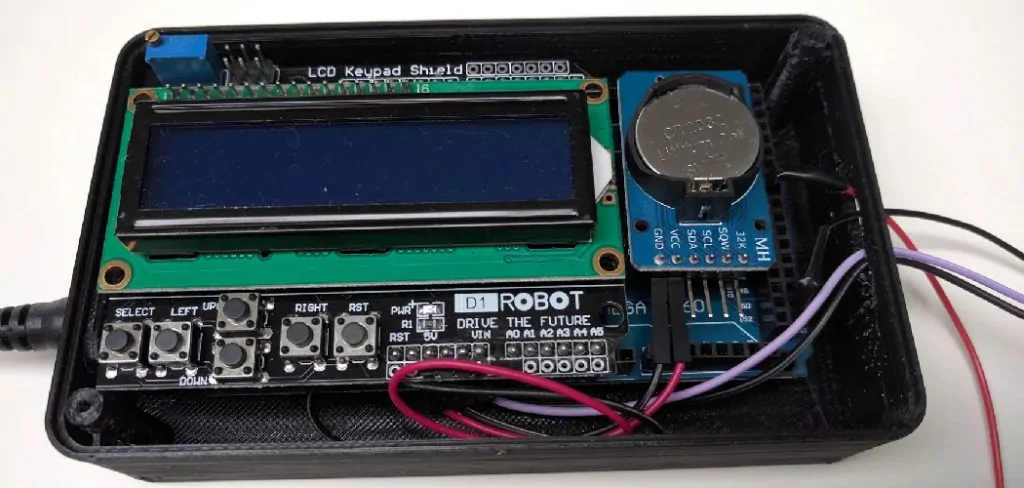
Connecting the LED strips to power supplies is not as intimidating as it might sound; with the right information and careful preparation, anyone can install their own lighting system quickly and easily. In this blog post, we’ll discuss how to connect led strip lights to 12v power supply so you can start enjoying your new illuminated space!
The Benefits of Connecting Led Strip Lights to 12v Power Supply
When you connect led strip lights to a 12v power supply, you’ll be able to maximize the lifespans of your lights. This is because the voltage from a 12V power source will reduce stress on all components, including the LEDs themselves.
Additionally, connecting your LED strips to a 12V power source eliminates the need for any complicated wiring and can provide a much cleaner look. This type of setup is perfect for people who want to create an unobtrusive lighting system without the need for bulky power supplies or cables.
Finally, connecting LED strip lights to a 12V power supply is more economical than using a larger voltage source. The lower voltage means that you’ll be able to save money on electricity and reduce your energy consumption overall.
Required Items
Before you can connect LED strip lights to a 12V power supply, you’ll need to have the following items on hand:
- LED strips
- 12V power supply
- Appropriate cable for connecting the LEDs and the power supply. It is important to ensure that this cable meets safety standards for voltage and wattage
- Appropriate connectors for joining the cable to the LED strips and power supply.
10 Instructions on How to Connect Led Strip Lights to 12v Power Supply
1. Measurement
Start by measuring and cutting the LED strips to your desired length. The right length will be dependent on the size of the area you’ll be illuminating. The size of the LED strips can range from 8mm to 50mm and should be appropriate for the area you’re lighting up.
2. Connectors
Once you have cut the LED strip to your desired length, attach the connectors so that they can join with other components like wire cables and power supplies. It will depend on the type of LED strip and connectors you’re using, so make sure to check your specific product for instructions.
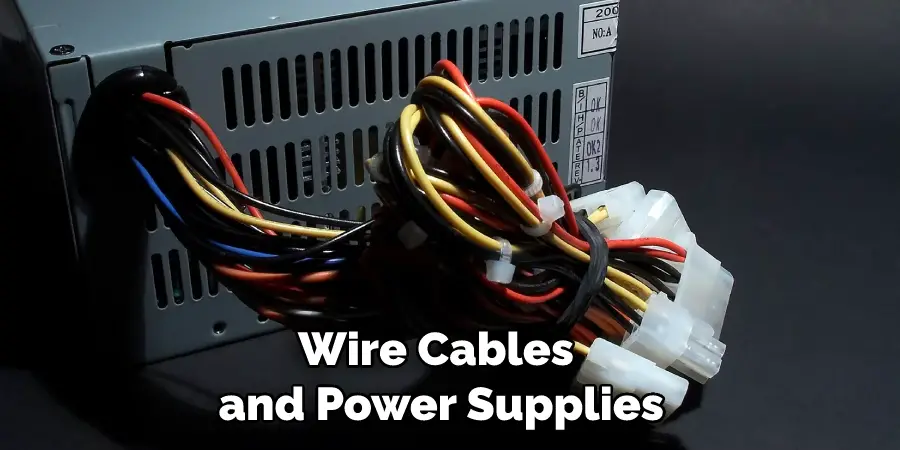
3. Wiring
Next, lay down the wiring from the 12V power supply to where you want your LED strips to be located. Make sure that all wires are securely connected, and use an appropriate voltage-rated cable that is capable of handling the total wattage of all connected LEDs.
4. Connecting
Now it’s time to join the wiring from the 12V power supply to the LED strips. Make sure to attach and secure each wire tightly, and use heat shrink tubing for extra protection if necessary.
5. Testing
Once all wires are connected, it’s time to test the setup. Turn on the power supply and make sure that the LED strips light up correctly without any flickering or other issues. If everything is working properly, you’re ready to move on to the next step!
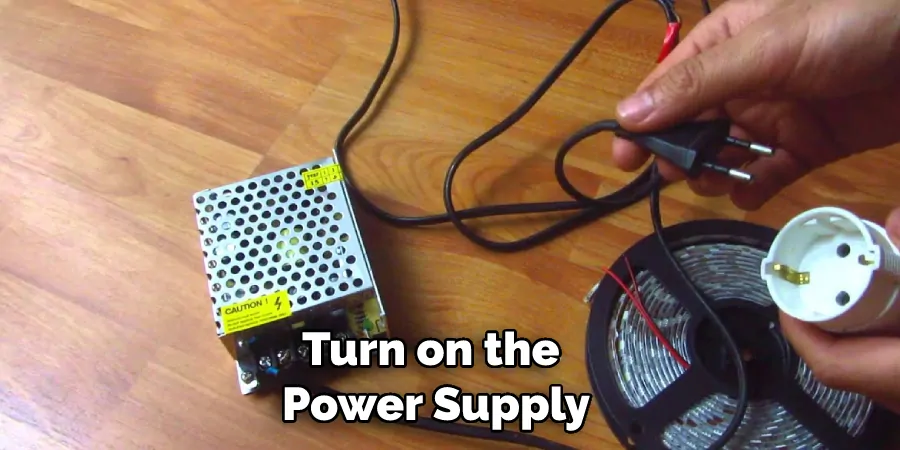
6. Cables
Now that the LED strips are connected to the power supply, you’ll need to add extra protection with cable ties. This will ensure that nothing gets disconnected accidentally and also prevent any exposed wires from becoming a potential fire hazard.
7. Placement
Now it’s time to position your LED strips in their desired locations. Make sure that they are securely affixed to whatever surface you’re attaching them to, and also take into account any obstructions like furniture or walls that might be blocking their light output.
8. Controller
If your LED strips are part of a larger lighting system, you may need to connect a controller as well. This will depend on the type of system you’re using, so check your product instructions for more information.
9. Covering
Finally, cover any exposed wires with heat shrink tubing or other appropriate methods to ensure that everything is safe and secure. Covering up any exposed cables will also help to keep your LED strips looking neat and tidy.
10. Enjoy!
Congratulations! You have now successfully connected LED strip lights to a 12V power supply – time to sit back and enjoy the beautiful lighting effects that you’ve created! Make sure to periodically check all connections to ensure everything is working properly.
That’s it! Now that you have a better understanding of how to connect LED strip lights to 12V power supply, you can begin to create beautiful and energy-efficient lighting in any space. Have fun and enjoy your new lighting setup!
8 Safety Measures to Follow
1. Read the product manual and follow all safety instructions. Always make sure that you understand how to safely use the LED strip lights before connecting them to a 12v power supply. The instruction manual may provide detailed instructions on how to properly connect the lights.
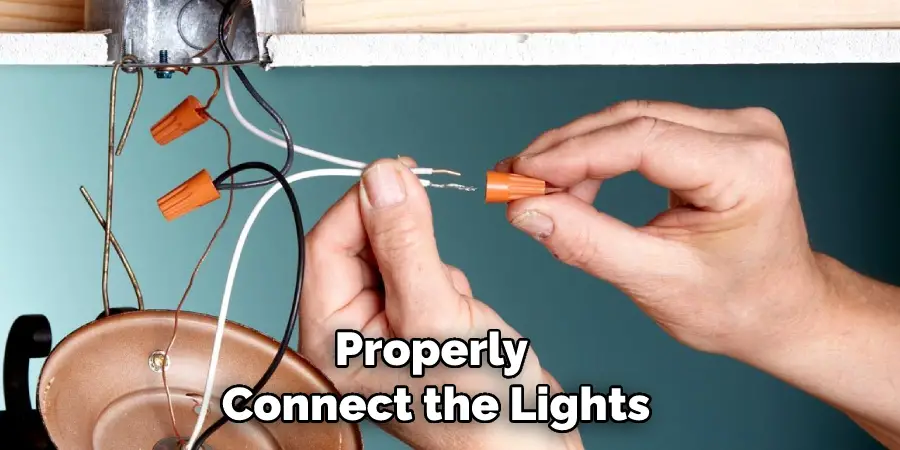
2. Make sure that the power supply is compatible with your LED strip lights. Not all 12v power supplies are suitable for every type of LED strip light, so it’s important to check that the voltage rating matches up before connecting them together.
3. Protect yourself from electrical shocks by wearing appropriate safety clothing. Rubber-soled shoes and rubber gloves should be worn to protect against any accidental contact with the equipment or power supply.
4. Check that all connections are secure before turning on the power supply. Any loose connections could result in an electrical shock and can also cause damage to the LED strip lights.
5. Install the power supply in a suitable area away from any sources of water or moisture. This will help to prevent the risk of electrocution or fire hazards.
6. Make sure that all exposed wires are properly insulated and secure. Exposed wires can be dangerous and so it’s important to take care of them as soon as possible.
7. Ensure that the circuit is properly grounded. If not, it’s best to get a professional electrician to install a suitable grounding system. Circuit breakers should also be installed to reduce the risk of electrical overload.
8. Always switch off the power supply when connecting or disconnecting LED strip lights, and always unplug it from the wall socket before working on any wiring. This will help to avoid electric shocks and potential damage to your equipment.

By following these safety measures, you can safely and effectively connect LED strip lights to a 12v power supply. With the right precautions in place, you can enjoy the good and colorful effects of your LED strip lights without any worry or risk.
8 Maintenance Tips
1. Make sure the LED strip you’re using is compatible with the power supply. Strip lights come in different voltages, so be sure to double-check which one you have before connecting it to a power source.
2. When cutting your LED strip, make sure to cut along the designated cut lines provided on each strip. Cutting outside of these lines can damage the strip and make it difficult to reconnect. The strip will have copper contacts that you can use to join the two ends together.
3. Before connecting your LED strip, check all of the components for any signs of damage or wear and tear. If they look okay, continue on with your connection process. The damage can be caused due to a bad connection, high current flow, or overheating.
4. If you’re using a 12V power supply, make sure that the wattage matches up with the wattage of your LED strip lights. An overly powerful power source can damage your LED strips and cause them to overheat.
5. Use the correct wire gauge when connecting your LED strip to the power source. This is important because it can help prevent overloading and ensure optimal current flow.
6. When soldering, use a low-wattage soldering iron to reduce the risk of damage or overheating. Avoid using too much solder as this can lead to poor connections or shorts.
7. Regularly inspect your connections for signs of corrosion or damage. If you find any, replace the damaged parts before continuing to use them.
8. Once all of your connections are secure, turn on the power source and check that all of the components are working correctly.
Conclusion
With the right materials, understanding, and care, anyone can safely and successfully connect LED strip lights to their 12v power supply. This simple yet effective process can help you quickly liven up any theme or space in your home or business and will undoubtedly be something you are proud of when it’s all said and done.
Having a working knowledge of electronics doesn’t have to be an intimidating process, so don’t let not knowing all the little terms scare you away from trying. Follow these steps on how to connect led strip lights to 12v power supply, and your space will be glowing in no time!

